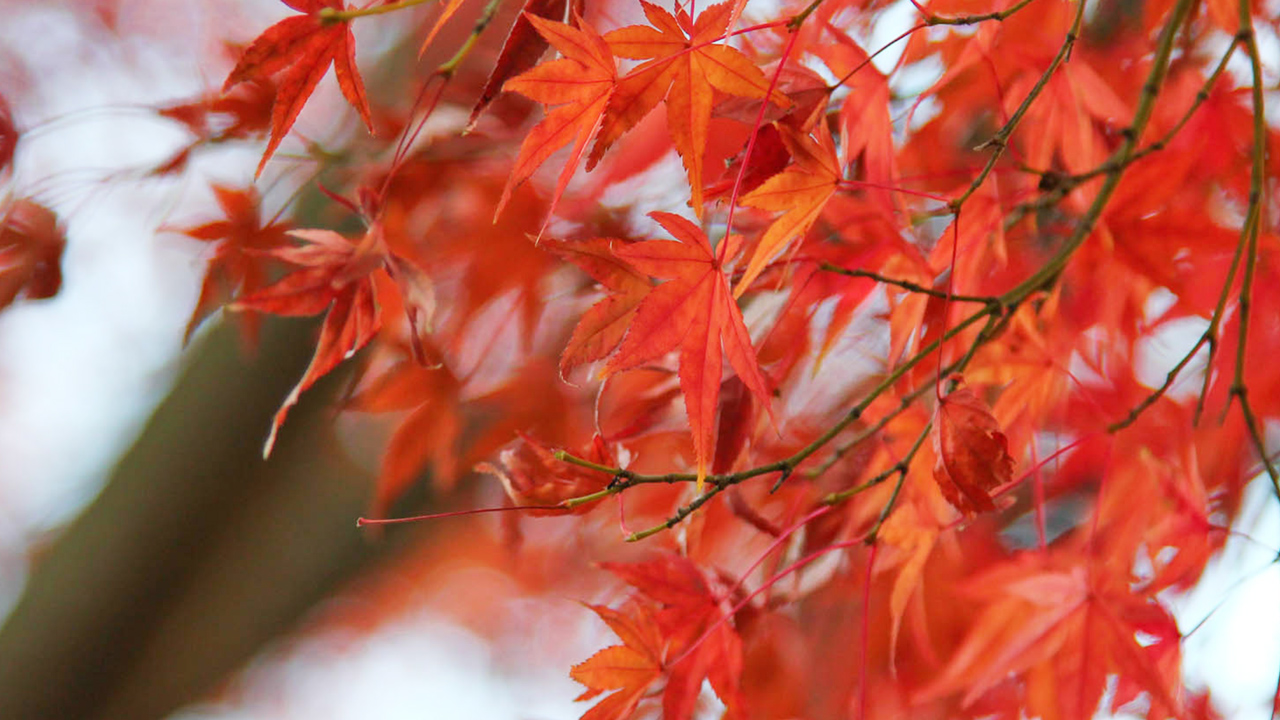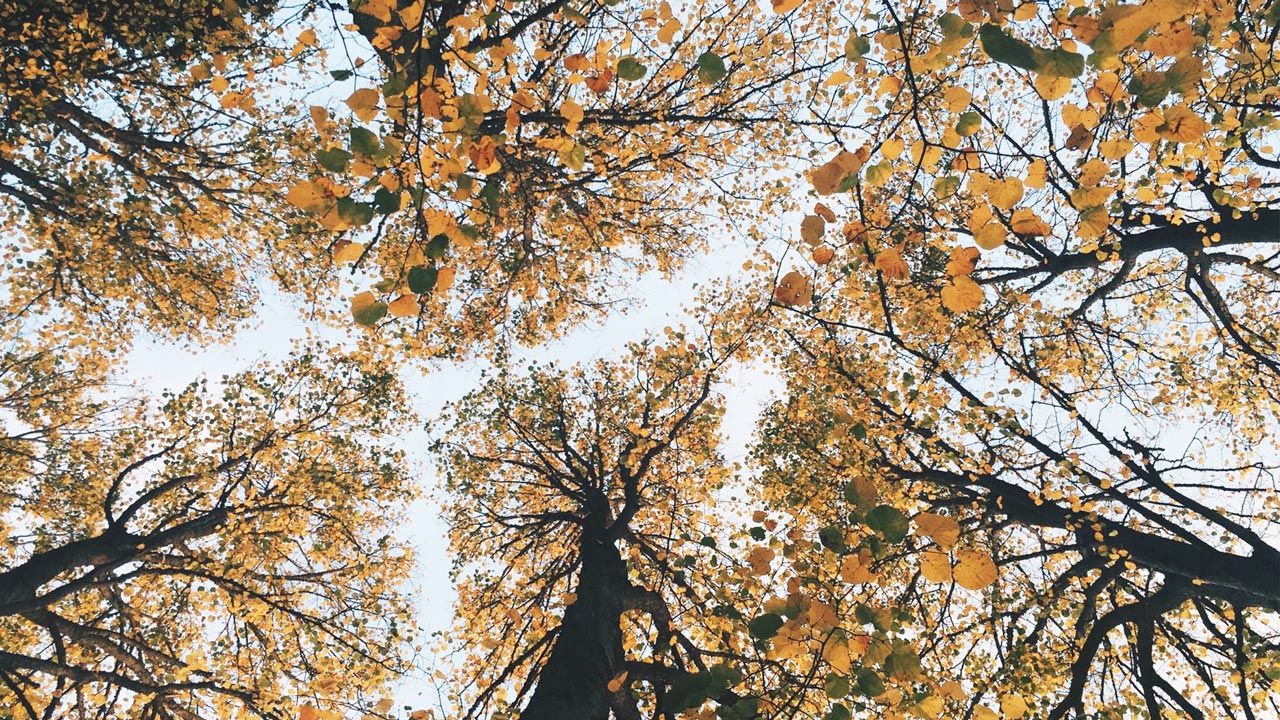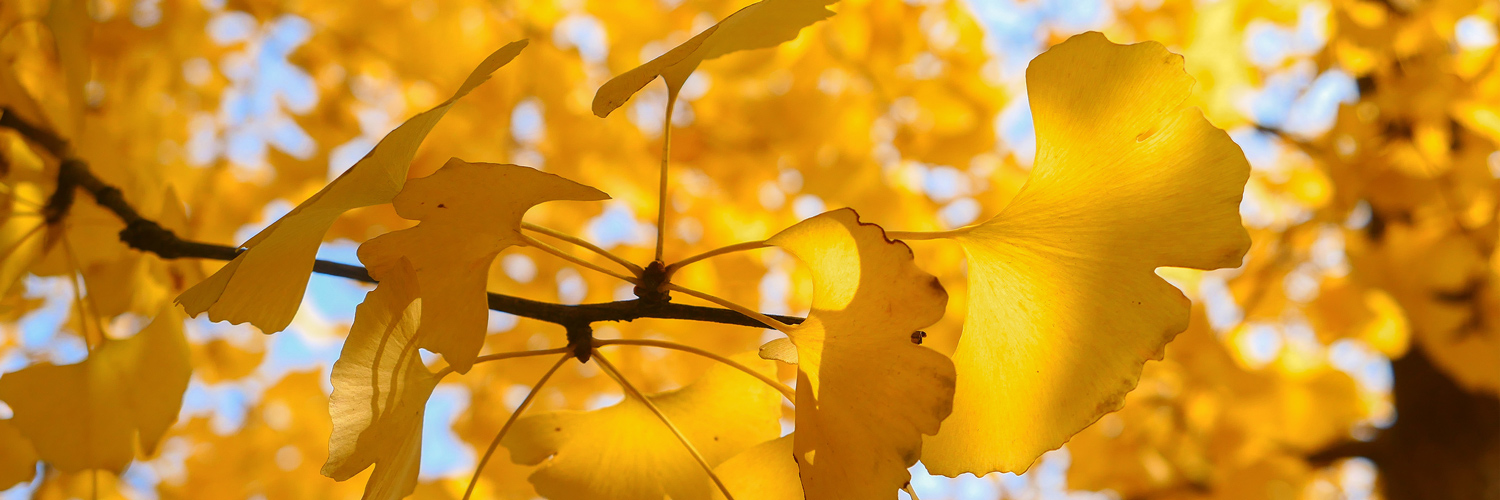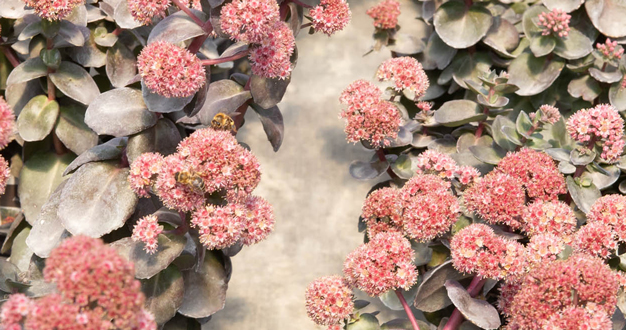
Each fall as the leaves begin to change, we gaze in wonder at the kaleidoscope of color that surrounds us. It’s the defining characteristic of this beautiful season. But have you ever wondered why plants go through this remarkable transformation only to drop those colorful leaves anyway? It all has to do with getting ready for a long winter, and here we share some of the fascinating science behind your favorite autumn hues. Plus, if you’re interested in adding a certain fall color to your own landscape, we point you to a few trees and shrubs we think you’ll love.

Why Leaves Fall
Deciduous trees and shrubs have a clever way of enduring the challenges of a cold winter. As light levels drop in the fall – and photosynthesis becomes less and less efficient – at some point it becomes more bother than it’s worth for a plant to have leaves. Instead, it makes more sense for the tree to dump its foliage, take a nap for a few months, and wait until the sun is high in the sky again. This process of leaf loss is called senescence – and it’s one of many processes triggered by fall’s longer nights and cooler temperatures as the plant prepares for dormancy.
But Why All the Color?
You might not realize that some of the pigments responsible for those brilliant fall colors are present in the leaves all along. But during the growing season, chlorophyll – the pigment that plays the biggest part in photosynthesis – dominates the show. As fall approaches, deciduous plants begin the season’s work of recapturing any resources left in the leaves before they disappear. And with that, the plant breaks down the chlorophyll in its leaves into smaller molecules, which are then reabsorbed and stored in other parts of the plant. As chlorophyll disappears from the foliage, the other pigments get their turn to shine. Which colors appear and in what combinations has to do with the plant’s genetic make-up and how much of each pigment exists in its foliage.

Warm Oranges + Yellows
One group of pigments responsible for fall color is the carotenoids. These pigments are always present in foliage, even during the growing season. Carotenoids – specifically, carotenes and xanthophylls – create the fiery oranges and sunny yellows that brighten the early days of fall. Birch, ginkgo, aspen, Kentucky coffee tree, and summersweet are some trees and shrubs that glow bright yellow in the fall. For warmer orange hues, look for sugar maple, fothergilla, serviceberry, and smoke bush.

Brilliant Reds
The red and purple hues we see in fall are a little different. Unlike carotenoids, red leaf pigments – called anthocyanins – don’t exist in the foliage all summer. They’re created new in the fall by sugars trapped in the foliage as the leaves begin to gradually separate from the tree. The actual shade of red that appears – from deep burgundy-purple to scarlet or almost cherry-red – is determined by the relative amounts of anthocyanins, carotenoids, and remnant chlorophyll that remain and can vary quite a bit from plant to plant, sometimes even leaf to leaf. To see lots of vibrant reds in the fall, look for species of red maple, red oak, burning bush, sweetspire, and viburnum.

The Beauty in Browns
While many trees explode in vibrant color in the fall, some choose to close out their growing season in a more muted fashion. As both chlorophyll and carotenoids break down in the foliage, another group of pigments – the tannins – take a final bow in the form of soft brown tones. This can be seen in beech and many oaks.
Year by Year
Have you noticed that in some years, the leaves change color early and sometimes they wait until later? You might notice that one year, the colors are vivid and bright – and the next year not so much? Foliage colors are produced each year in the same way they always are – but when the process begins, how intense the colors appear, and how long they last depend on the entire growing season’s weather leading up to fall. As an example, low rainfall in spring and early summer can trigger plants to begin their color change earlier that fall. A cloudy, rainy late summer may mute the colors, but a late summer with plenty of sun can brighten them up. A mid-October storm may blow leaves down prematurely, and an early freeze may stop the production of anthocyanins or kill the leaves before their show is complete.
Every year has its own unique collection of weather events, but according to Dr. Leonard Perry of the University of Vermont Extension, the ideal combination for brilliant, long-lasting fall color is abundant rainfall early in the growing season, followed by drier conditions in late summer and early fall, with sunny days, cool nights, and gentle breezes. In other words, what we might consider the “perfect” fall weather for our own activities is just about the best weather for fall foliage color too.

Add More Color to Your Fall Landscape
To learn more about the full range of colorful options for your fall landscape, come visit us in the Nursery Yard. We’re excited to help you find exactly the right rich, warm shade of autumn you’ll look forward to in your landscape year after year.


